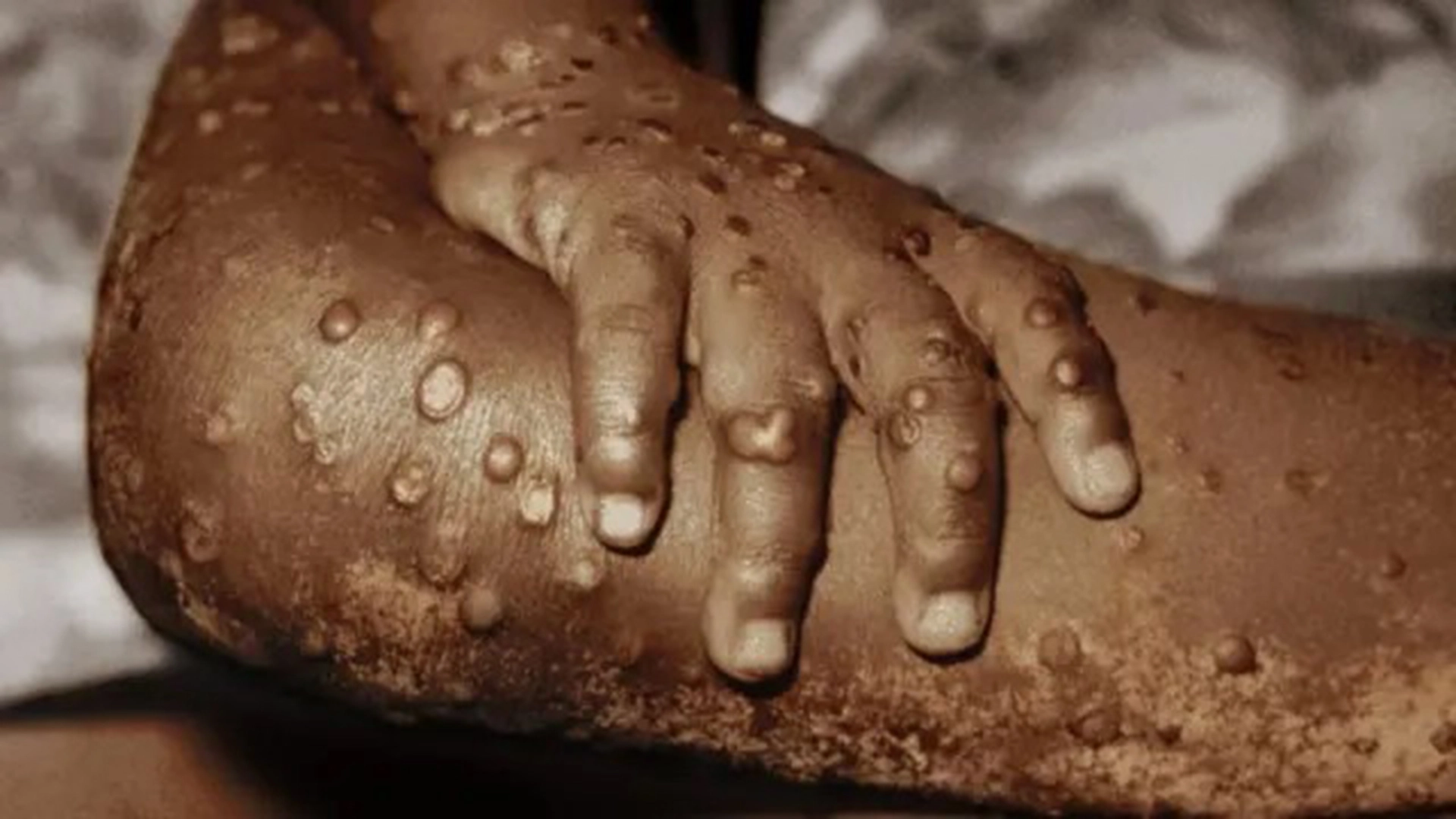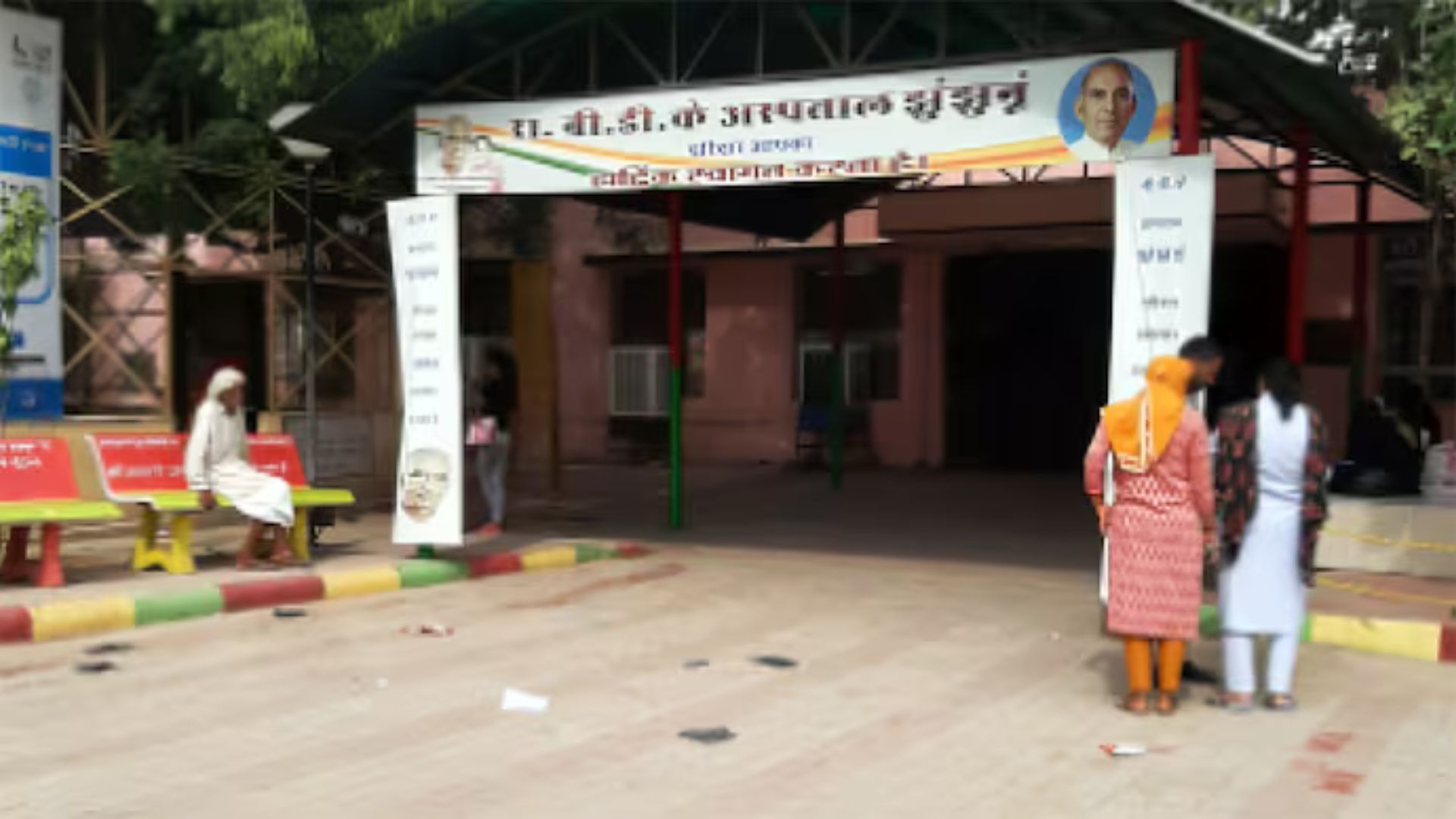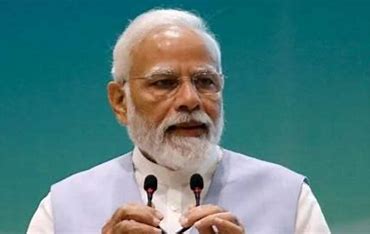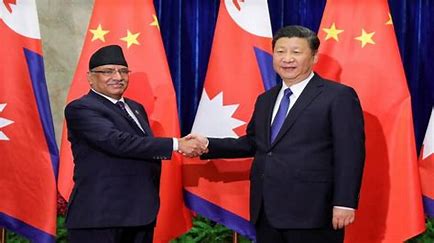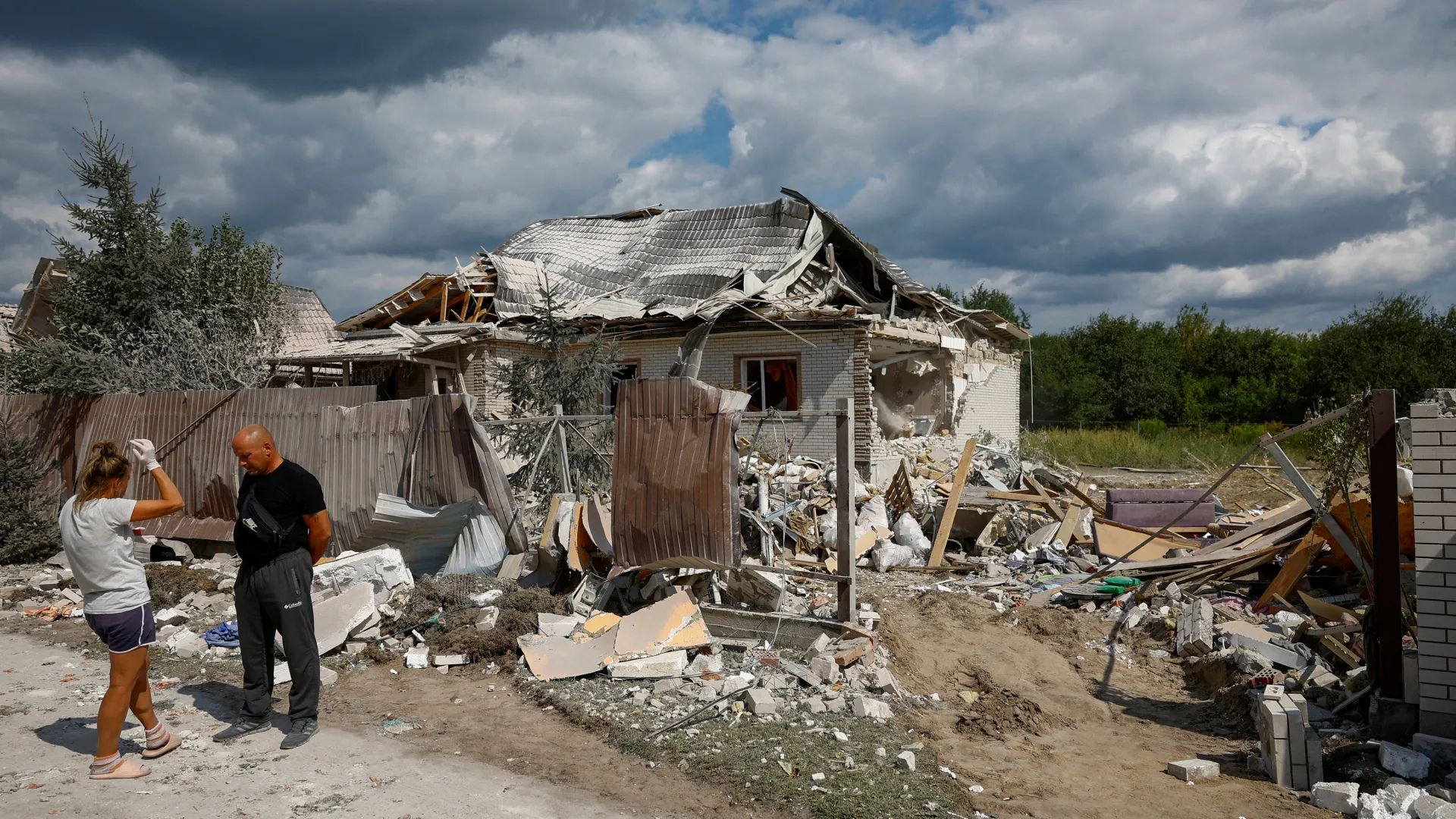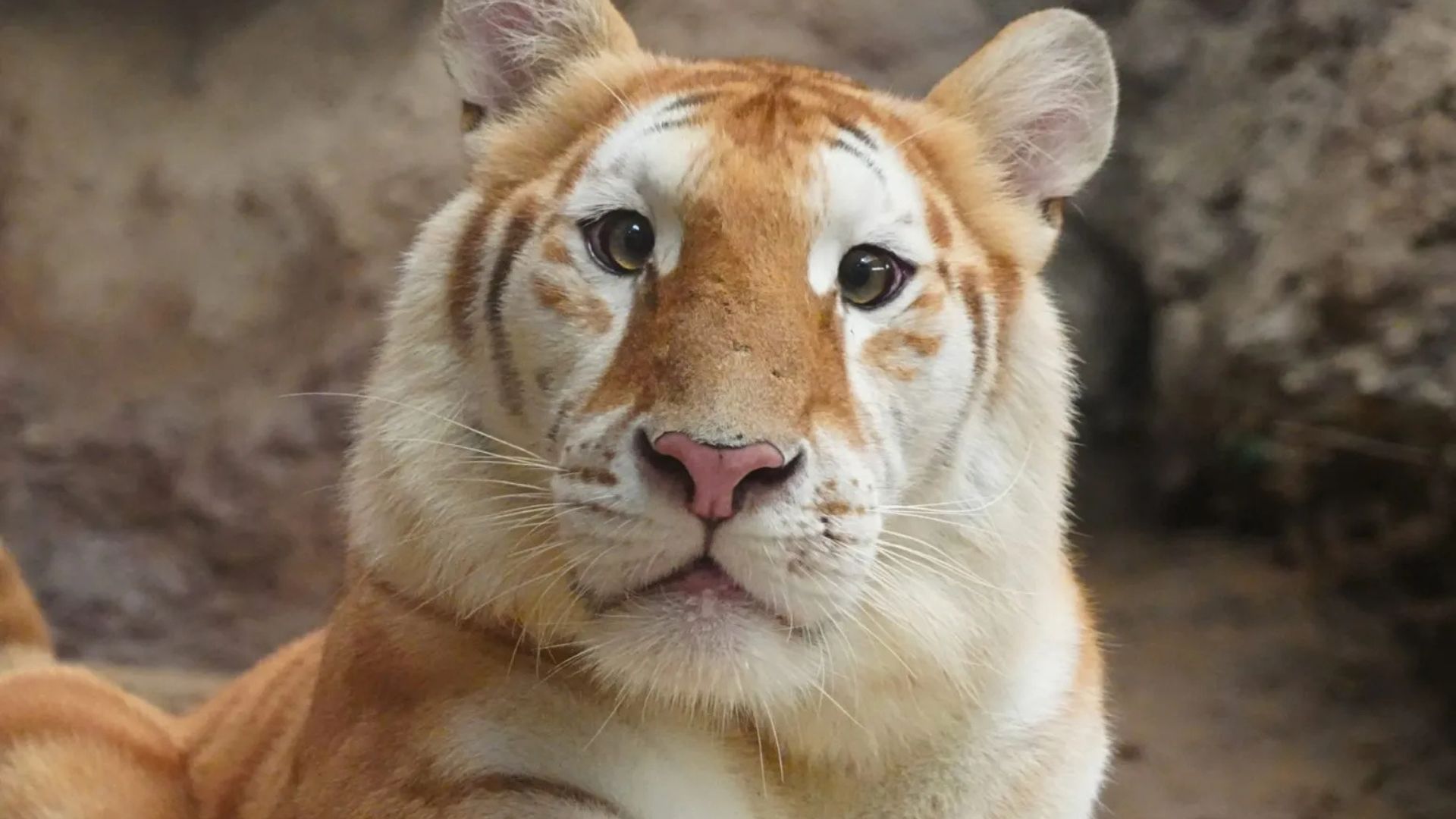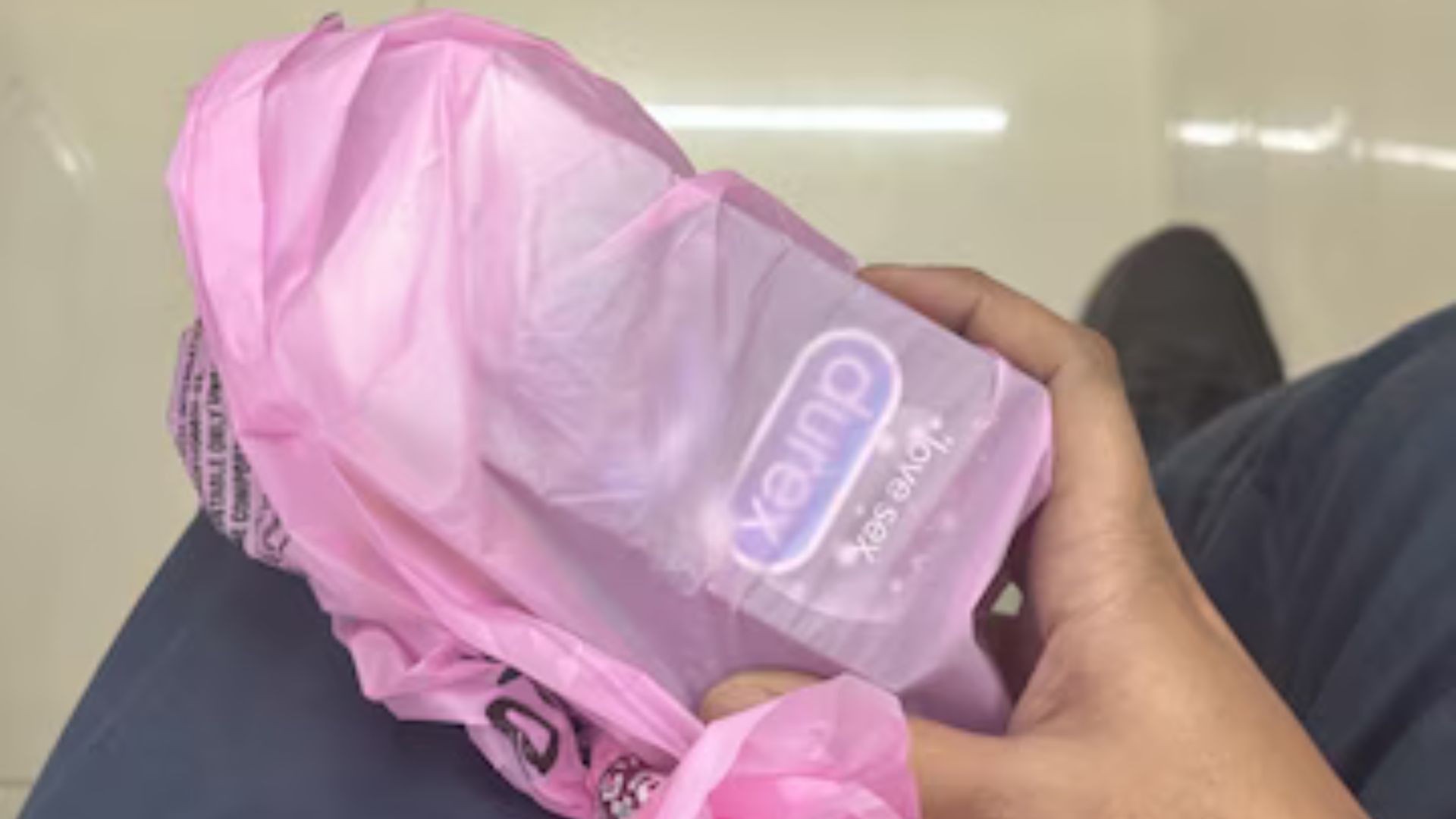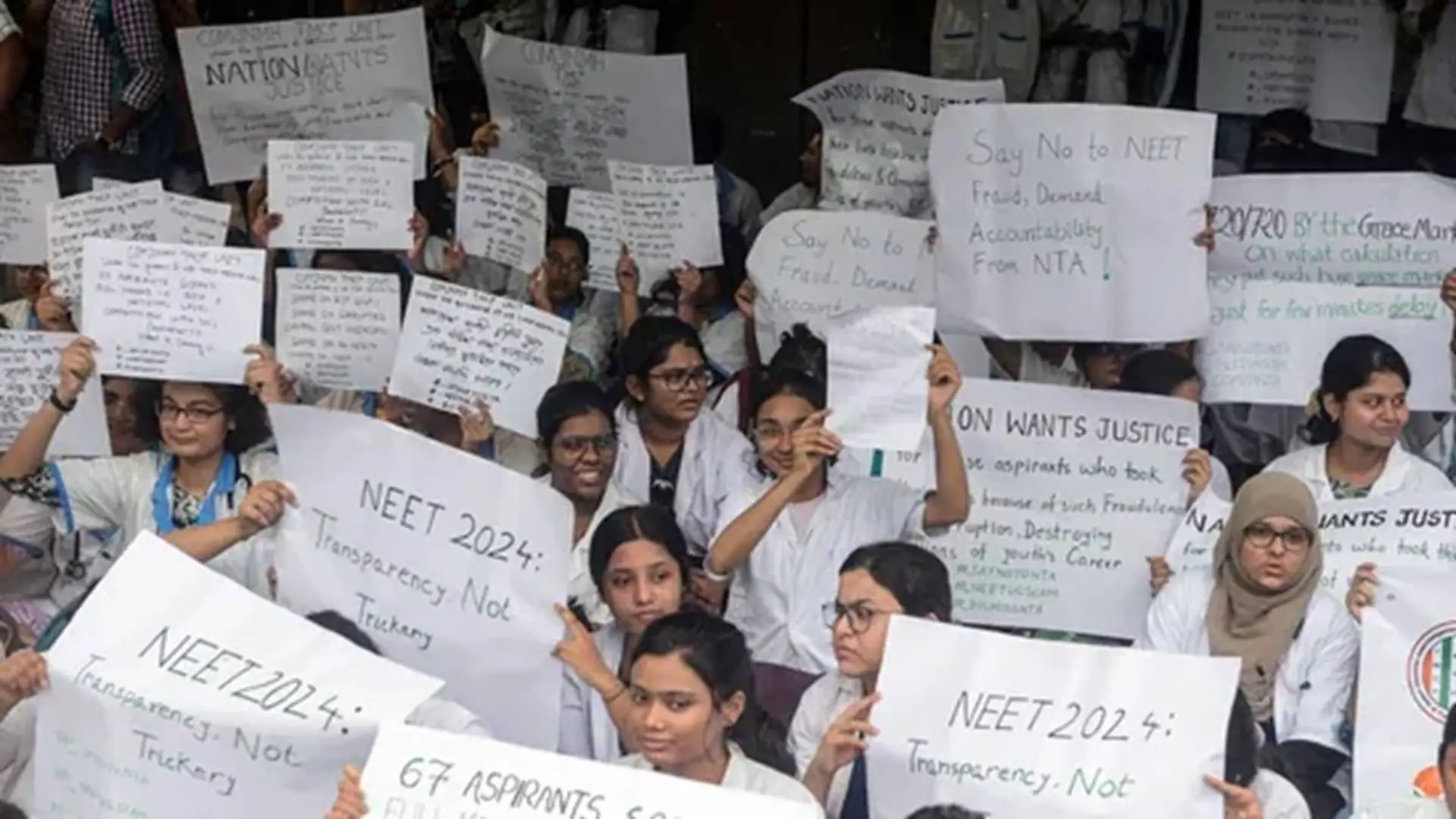A suspected case of monkeypox in India has been confirmed positive, according to a statement from the health ministry. Laboratory tests identified the presence of the mpox virus, specifically the West African Clade 2 strain, in a 26-year-old man from Hisar, Haryana. The man had recently returned to India from abroad and was admitted to Delhi’s LNJP Hospital on Saturday.
Global Mpox Resurgence and New Strain
The resurgence of mpox, combined with the discovery of a new strain known as Clade 1b in the Democratic Republic of Congo (DRC), has caused concern worldwide. The World Health Organization (WHO) declared its highest level of international alert on August 14. The Clade 1b strain was first detected in September 2023 among sex workers in eastern DRC. It has since been identified in neighboring countries like Burundi, Kenya, Rwanda, and Uganda, as well as in Asia and Europe.
However, India has not yet reported any cases of mpox caused by this new strain.
Preparedness in Delhi Hospitals
Three government hospitals in Delhi—Lok Nayak Jai Prakash (LNJP) Hospital, GTB Hospital, and Baba Saheb Ambedkar Hospital—have set up isolation facilities for suspected and confirmed cases of monkeypox. These precautions are part of India’s efforts to control potential outbreaks.
Symptoms and Stages of Monkeypox
Monkeypox symptoms include fever, headaches, muscle aches, and swollen lymph nodes. These are followed by a rash that develops in stages: starting as macules, progressing to papules, vesicles, pustules, and finally scabs. The rash usually begins on the face and spreads to other areas of the body.
Transmission and Prevention
The virus can be transmitted through direct contact with infected animals, humans, or contaminated materials. Respiratory droplets can also spread the virus, especially during prolonged close contact. To prevent the spread of monkeypox, it is important to practice good hygiene, such as frequent handwashing. In healthcare settings, the use of personal protective equipment (PPE) and isolation of infected individuals are key strategies in controlling outbreaks.
